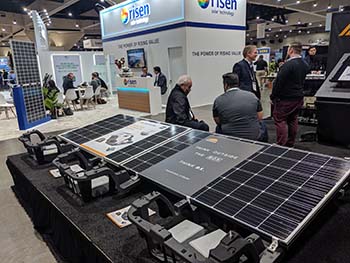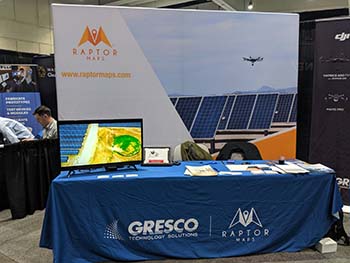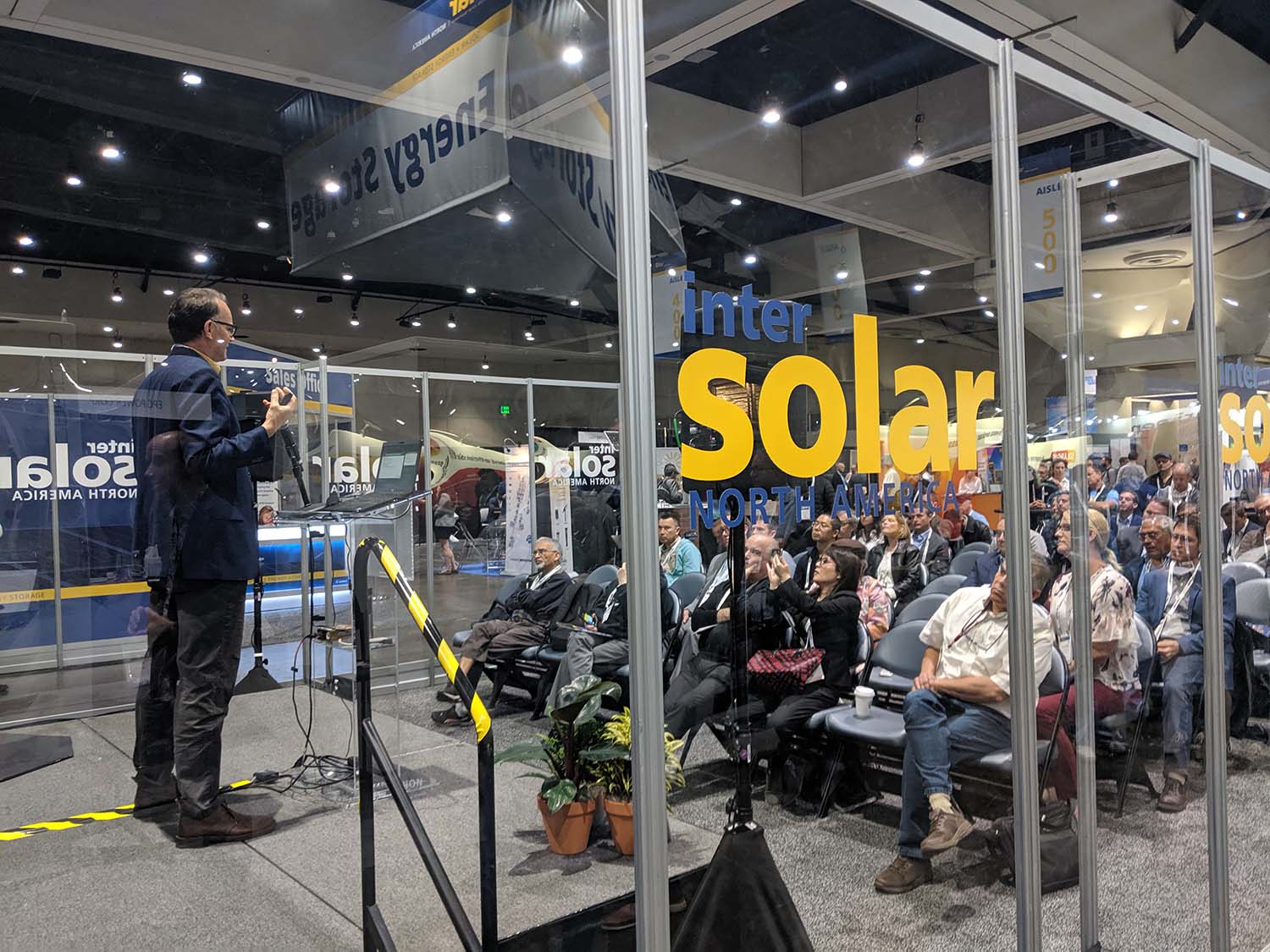The potential value of drone technology has been discussed for many years now, although estimates about when and how that value will be realized across the world continue to be debated. Few doubt the eventual value of the technology though, and that same kind of excitement and potential can be seen in the solar industry. The global renewable energy market was estimated at over $900 billion in 2017 and is expected to reach $1.5 billion by 2025. What role will drones play in the rollout of this technology and market though?
 Those answers were on full display at Intersolar North America, which highlighted the latest energy technologies, services, companies, and organizations that are working to enable a sustainable energy future. Challenges around data, accuracy and scale have hindered the development of this future, but drones are helping to resolve some of those issues. Drone solutions that are being utilized specifically for solar inspections could help unlock the value in the solar market and beyond.
Those answers were on full display at Intersolar North America, which highlighted the latest energy technologies, services, companies, and organizations that are working to enable a sustainable energy future. Challenges around data, accuracy and scale have hindered the development of this future, but drones are helping to resolve some of those issues. Drone solutions that are being utilized specifically for solar inspections could help unlock the value in the solar market and beyond.
At Intersolar, attendees got an incredible sense of the many solar products and solutions that are available to them in the short term, but also what it means to maintain these solutions in the long term. Autonomous drones can make solar projects more productive, cost-effective and secure, but these efficiencies need to be considered in terms of whether or not it makes sense to erect one solar panel or 1,000. After all, the difference between manually inspecting a solar farm versus utilizing a solution that can automatically gather and analyze information about necessary repairs can make the difference between moving forward with a solar panel purchase or not.
 Companies like Raptor Maps were at the event to showcase exactly how their solution can enable those efficiencies to make solar technology that much more cost-effective for stakeholders. Using drones, the Raptor Map solution can spot major solar panel site issues, such as vegetation management, poor drainage, and soil erosion underneath the racking.
Companies like Raptor Maps were at the event to showcase exactly how their solution can enable those efficiencies to make solar technology that much more cost-effective for stakeholders. Using drones, the Raptor Map solution can spot major solar panel site issues, such as vegetation management, poor drainage, and soil erosion underneath the racking.
Elsewhere on the exhibitor floor, services like the ones provided by Exactus Energy showcased what it can look like to provide complete site survey, engineering and design solutions for solar projects of any scale. Their services are bundled into an all-inclusive package that can provide solar stakeholders with a better sense of their total cost of acquisition. Ultimately, those costs aren't just about getting up and running with the technology but also what it looks like to keep things going.
Solar projects are now producing enough clean electricity to power approximately 50,000 homes and the understanding of what it means to keep such massive solar farms operational will only get more important as solar technology fulfills on that billion-dollar potential. Both exhibitors and attendees at Intersolar expressed interest and familiarity with drone technology, but both also agreed that the efficiencies drones represent are set to become that much bigger of a consideration for anyone looking to utilize solar technology in the near future.
















Comments